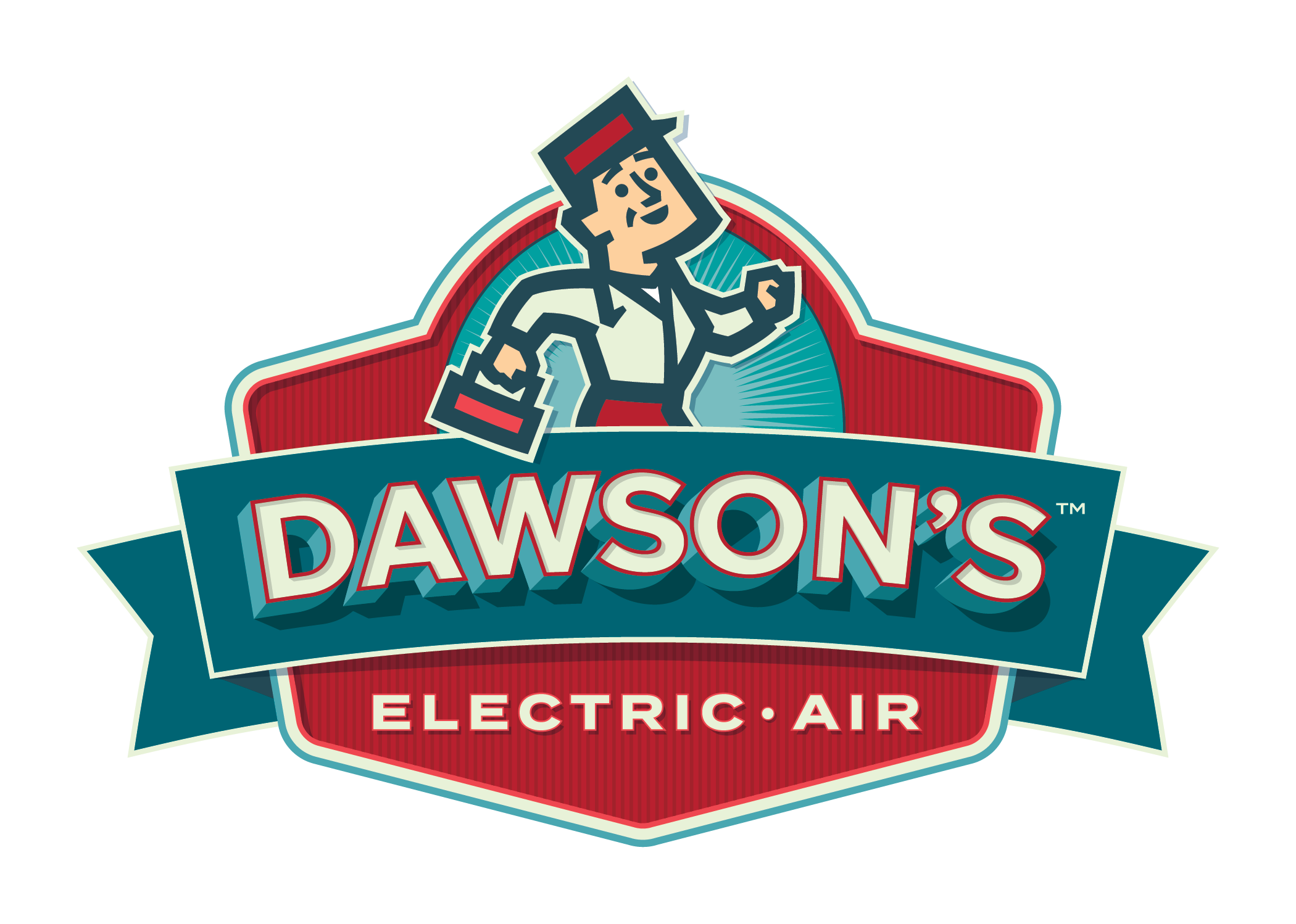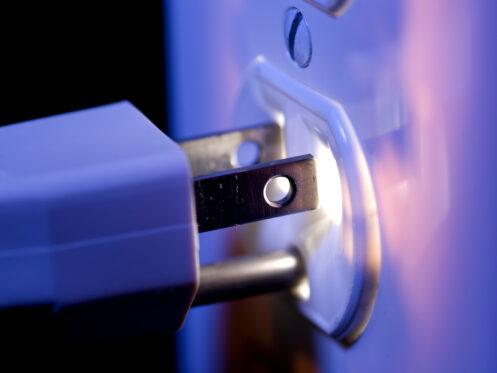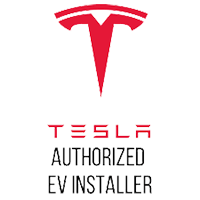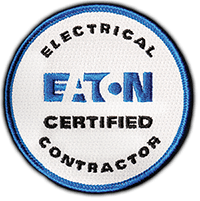Electrical surges are a serious issue that can potentially strike at any second. While most people have surge protector strips that they use to protect things like TVs, stereo equipment and computers, the fact is that these strips don’t always provide sufficient protection. While surge strips can help, they simply aren’t sufficient to protect against all electrical surges or to protect everything in your home from potentially being damaged. In this article, we’ll explain all you need to know about the different types of power surges and discuss the importance of investing in whole-home surge protection.
Internal vs. External Electrical Surges
When it comes to protecting your electrical system, appliances and electronic devices from power surges, the first thing you should understand is the difference between an internal surge and an external surge. Either type of surge has the potential to cause damage, and each one requires a different type of protection.
Internal surges are quite common and typically cause damage over time rather than just immediately causing an appliance or electronic device to burn out. Most internal surges occur when a high-power appliance like an air conditioner, clothes dryer or refrigerator shuts off. What happens is that all of the power the appliance was using is suddenly free to flow into all of the other circuits in the home. This can sometimes result in a brief spike in the current flowing into many of your appliances and devices. Over time, these repeated spikes can damage the microchips and other sensitive electronic components in things like a TV, computer, gaming console, refrigerator, washing machine, dryer, etc. The result is that the surges can end up shortening the life span of all of these things.
While internal surges are confined to a home’s electrical system, external surges originate in the local power grid as a result of something like lightning striking a transformer or power pole. This is much more dangerous since the surge courses through a house’s entire electrical system. The result is that all of your electrical components and whatever is currently plugged in can get majorly damaged. An issue like lightning striking the grid nearby can also easily lead to part of your electrical system catching fire since the voltage flowing through it is far higher than your wiring can safely handle.
How to Protect Against Internal Surges
Generally speaking, circuit breakers can’t protect against an internal power surge since they only trip when the amperage of the current flowing through them rises too high and they can’t detect when the voltage increases as a result of a surge. This is where using surge strips is helpful since they can protect against increases in voltage. When the voltage increases above a certain level, an internal mechanism in the strip blocks most of the current from continuing to flow. Surge strips don’t completely shut off the power to the devices plugged into them and instead just reduce the voltage to a safer level so that damage is less likely to occur.
When you look at the information label on a surge protector strip, you’ll see something that’s listed as its clamping voltage. This is the maximum number of volts the strip allows to pass through it during a surge. If you have a surge strip with a clamping voltage of 600V, it will still allow 600 volts to pass through it. That is still more than enough to do major damage. That’s why you should always choose a surge strip with a lower clamping voltage, ideally 330 volts or at least no higher than 400 volts.
The other thing to understand about surge strips is that they have a limited capacity and can only block so much power before they no longer work. You’ll also see a metric known as a joule rating on a surge strip, which expresses how much total power it can block before giving out. The higher the joule rating is, the more protection the surge strip can provide before it wears out and no longer works.
The main issue with surge strips is that they only offer limited protection and will generally never be sufficient to prevent damage from an external power surge. That’s because the high voltage from an external surge will typically lead to even a surge strip with a much higher joule rating instantly failing, resulting in the surge still flowing out of the strip. Despite this fact, you should still make sure to have all of your sensitive electronics plugged into a surge strip since it is still the only way to prevent damage from an internal surge and can help your devices to last longer.
How to Protect Your Home Against External Power Surges
The other issue is obviously that a surge strip only provides point-of-use protection at the outlet and can’t do anything about the increase in voltage flowing through the rest of your electrical system. When a home is hit by a major external power surge, it’s common for the voltage spike to damage or destroy at least some lights, switches, outlets and especially your major appliances. In fact, it’s not uncommon for a more powerful external surge to cause thousands of dollars of damage.
If you want to protect your home against lightning strikes and other similar surges, you need to have a whole-home surge protector. This type of device works in the same way as a surge strip except that it checks how much power is entering your electrical system from the grid. It can then block most of the current if a surge occurs and send the excess back outside via the copper ground wire and grounding rod attached to your electrical service panel.
While it redirects most of the current, the surge protector will still allow some of it to flow into the house. This is again why you want to choose one with a clamping voltage no higher than 400V since this helps reduce the chances of anything getting damaged. If the clamping voltage is any higher, the amount of power the surge protector allows through will likely still cause at least some damage.
Whole-home surge protectors are also far more robust than surge strips and can handle far more power before they fail. The best devices are rated for up to 40,000 amps, which is more than sufficient to protect against almost any surge that could hit your house. The only time you may need to worry about a whole-home surge protector getting overwhelmed and not working as it should is if your house or the power pole that supplies it were to get directly struck by lightning. Even then, it would take an extremely powerful bolt of lightning to cause a whole-home surge protector to fail since the average lightning strike is under 30,000 amps.
Dawson's Electric & Air is a full-service electrical contractor that’s been serving Fuquay-Varina and the Raleigh area since 2005. We specialize in whole-home surge protection as well as all other electrical installation and repair services and will work to ensure that every part of your electrical system is safe and works correctly. To schedule an appointment to have a surge protector installed or for any other service, contact us today.







